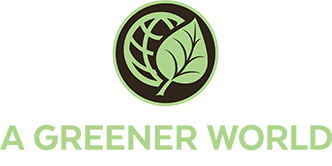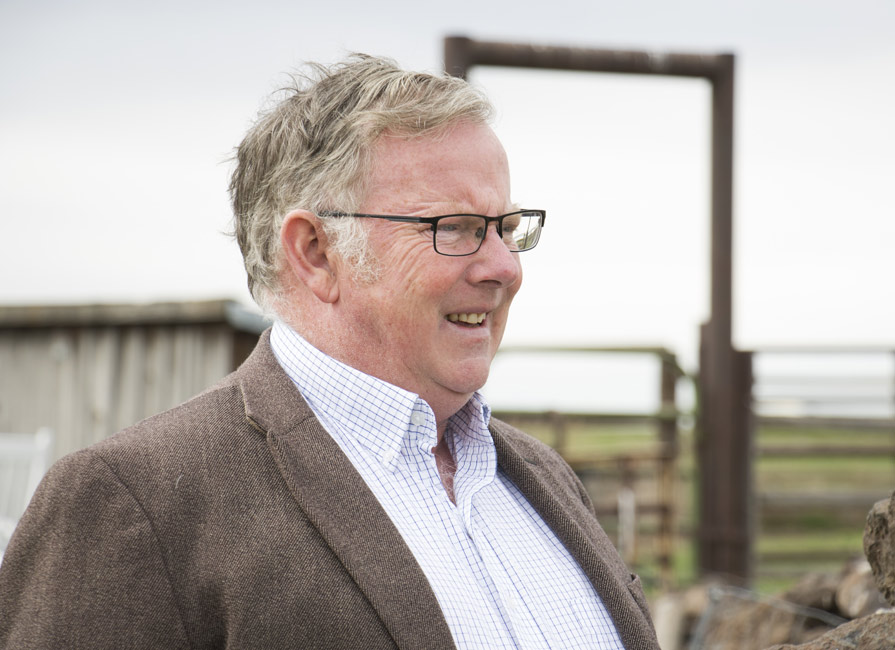Grassfed Comparison Chart
Cows, sheep, goats and game (also known as ruminants) can do something amazing: they can thrive on grass—which humans cannot eat—while producing nutritious meat and milk which we can eat. Grass can grow on land that can’t grow human food, and well-managed pastures that ruminants graze can also store carbon in the soil, helping to mitigate greenhouse gas emissions. Grassfed systems have an important role to play in sustainable food production and our future. However, grassfed labels can be confusing. If the milk and…
What is grassfed?
Shopping for products that meet your values and expectations is not easy. With a little time and resources from trusted sources like us, you can learn how to decipher confusing food labels. In a recent blog post, we explored the meaning of “pasture-raised,” and provided guidance on how you can be assured that products you purchase come from animals that were raised outdoors on pasture and range. Grassfed is another common claim used on meat and dairy products, and demand…
What is “Pasture-Raised”?
What is “Pasture-Raised”? Pasture-raised means an animal was raised on pasture. But heads up: it’s not always used honestly—we’ll explain later how to know when you can trust this claim. Not to be confused with pasteurised (the process of heating foods to kill germs), the term “pasture-raised” is usually talking about an animal raised for food, and you’ll find it as a label on meat, dairy and eggs from those animals. Aren’t all farm animals raised on pasture? No. While…
Andrew Gunther
It is with huge sadness that we share the loss of A Greener World’s Executive Director, Andrew Gunther, who passed away suddenly on Friday, 19 February. This tragic loss is devastating for the Gunther family, the entire AGW team, and all those working toward a sustainable food and farming future. We will share details on Andrew’s legacy and arrangements in the coming days. Andrew was a pioneering British farmer who spent his formative years in Wiltshire, UK. With agricultural backgrounds,…
Staying Safe
An invader is detected and deemed dangerous. Evidence is delivered to multiple locations, where it will first be used to identify the foreign agent’s unique weaknesses; then to design and manufacture special weapons to exploit those weaknesses. The weapons are designed to work within the conditions and constraints of the location being infiltrated, effectively targeting the invader while avoiding collateral damage. As supplies increase and weapons are deployed, the invader is disabled, captured and finally removed. But the story does…





